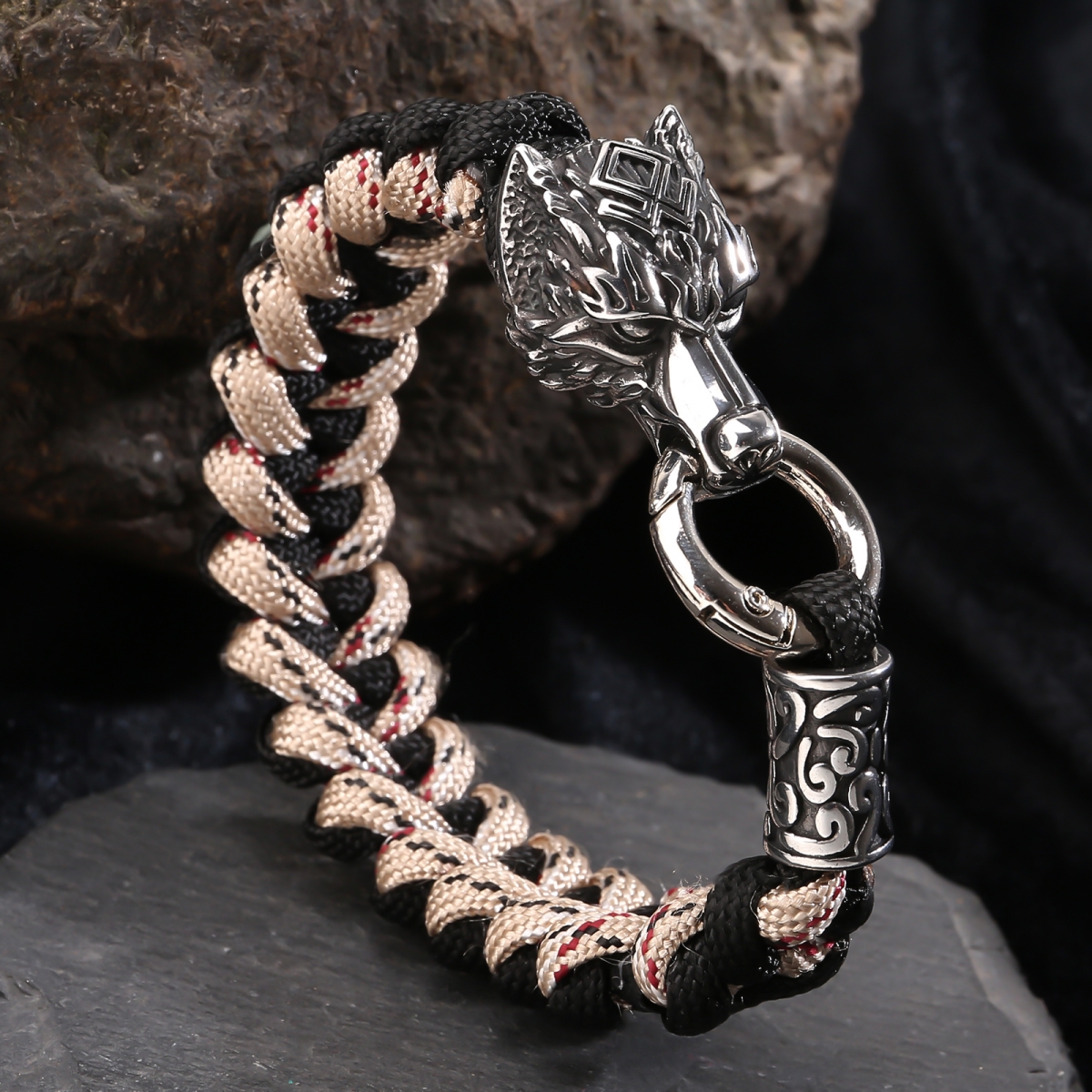- 18
- Jan
Cosmology of Norse mythology
In Norse cosmology, all beings live in Nine Worlds that center around the cosmological tree Yggdrasil. The gods inhabit the heavenly realm of Asgard whereas humanity inhabits Midgard, a region in the center of the cosmos. Outside of the gods, humanity, and the jötnar, these Nine Worlds are inhabited by beings, such as elves and dwarfs. Travel between the worlds is frequently recounted in the myths, where the gods and other beings may interact directly with humanity. Numerous creatures live on Yggdrasil, such as the insulting messenger squirrel Ratatoskr and the perching hawk Veðrfölnir. The tree itself has three major roots, and at the base of one of these roots live a trio of norns, female entities associated with fate. Elements of the cosmos are personified, such as the Sun (Sól, a goddess), the Moon (Máni, a god), and Earth (Jörð, a goddess), as well as units of time, such as day (Dagr, a god) and night (Nótt, a jötunn).The afterlife is a complex matter in Norse mythology. The dead may go to the murky realm of Hel—a realm ruled over by a female being of the same name, may be ferried away by valkyries to Odin’s martial hall Valhalla, or may be chosen by the goddess Freyja to dwell in her field Fólkvangr. The goddess Rán may claim those that die at sea, and the goddess Gefjon is said to be attended by virgins upon their death. Texts also make reference to reincarnation. Time itself is presented between cyclic and linear, and some scholars have argued that cyclic time was the original format for the mythology. Various forms of a cosmological creation story are provided in Icelandic sources, and references to a future destruction and rebirth of the world—Ragnarok—are frequently mentioned in some texts
Humanity
With the widespread publication of translations of Old Norse texts that recount the mythology of the North Germanic peoples, references to the Norse gods and heroes spread into European literary culture, especially in Scandinavia, Germany, and Britain. During the later 20th century, references to Norse mythology became common in science fiction and fantasy literature, role-playing games, and eventually other cultural products such as comic books and Japanese animation. Traces of the religion can also be found in music and has its own genre, viking metal. Bands such as Amon Amarth, Bathory, Burzum and Månegarm have written songs about Norse mythology. This is prevalent in the children’s book series, Magnus Chase, by Rick Riordan.

